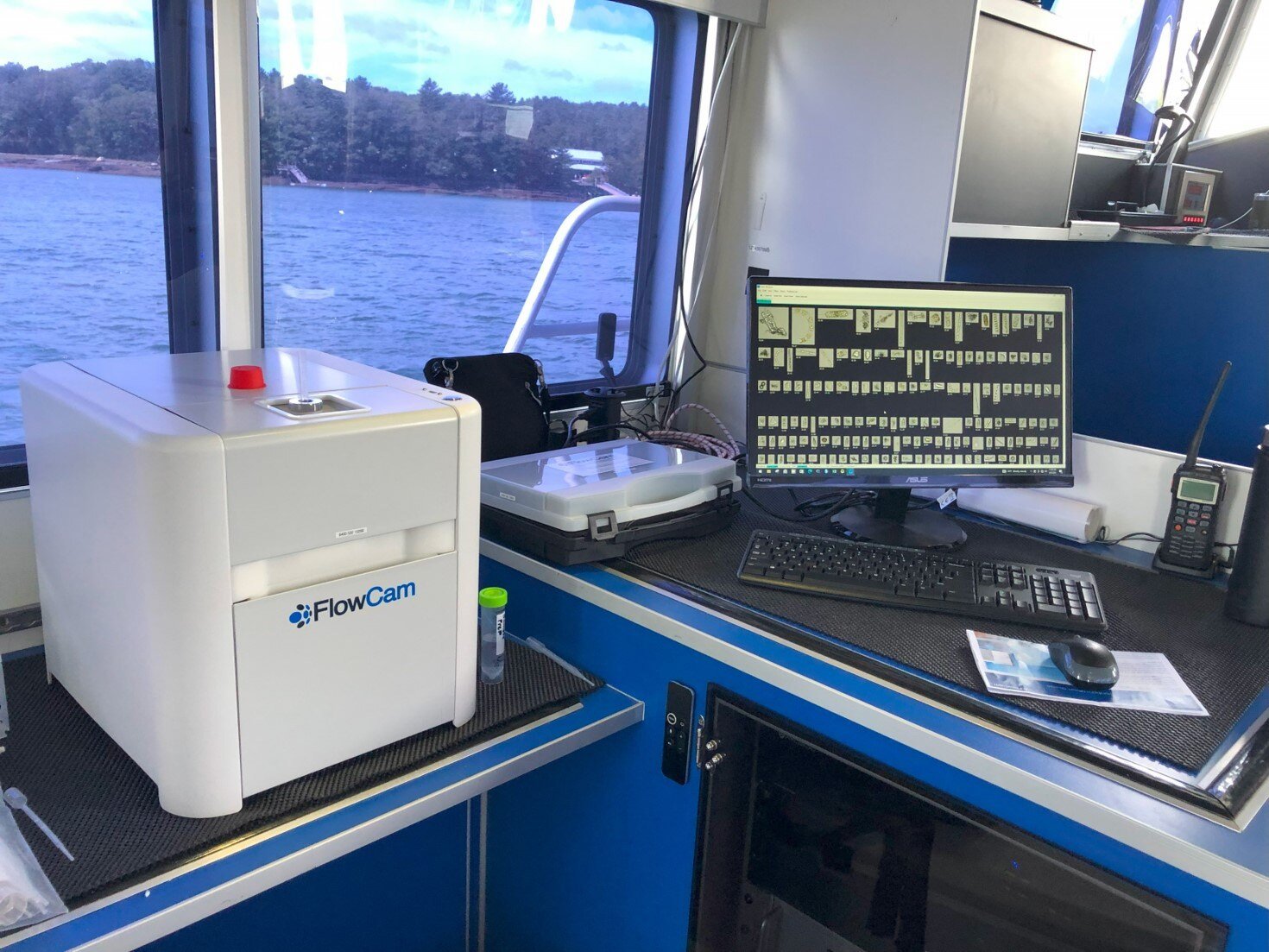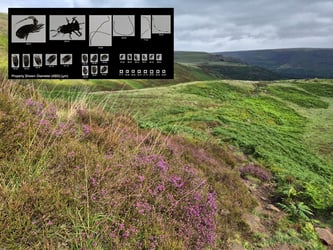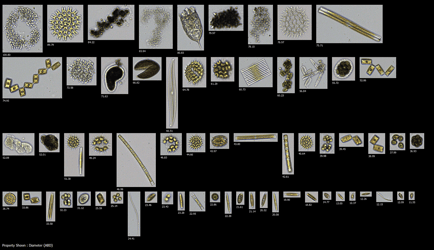Embarking on a research cruise is an exciting yet challenging endeavor, especially when it involves using analytical instruments like the FlowCam 8000. The harsh and unpredictable conditions at sea can pose significant risks to a lab instrument. FlowCam, originally developed by the Bigelow Laboratory for Ocean Sciences, is a robust tool for marine scientists studying microorganisms, and has been deployed at sea many times. You can read more about it in our other blog posts. The Bigelow ship, RV Bowditch has recently been used in Zooplankton imaging, a Norwegian research group conducted krill studies aboard RV Kronprins Hakon, and Aker BioMarine uses FlowCam aboard their krill harvesting vessel, Antarctic Endurance.
This technical note provides a comprehensive guide to preparing your FlowCam for seagoing research. From advanced preparation and packing to onboard setup and data management, these best practices ensure your FlowCam operates smoothly and efficiently throughout your voyage.
Here's an overview of the topics included in our technical note, Best Practices for Using FlowCam 8000 at Sea.
- Advanced Preparation: 8+ weeks before your cruise
-
- Evaluate the operational status of your instrument by ensuring it powers on correctly and check for any available software updates.
- Verify the space and power requirements with the vessel's operations team.
- Assemble your FlowCam Cruise kit, which should include a plastic shipping crate, backup flow cells and syringes, a flow cell cleaning kit, a sample preparation kit, pipette tips, wipes, and silicone lubricant.
- Gather additional essential supplies such as an external hard drive, a vibration-dampening mat, an uninterruptible power supply, and fasteners like zip ties and bungee cords.
-
- Final Pre-Cruise Preparation: 1+ weeks prior
- Remove the objective, flow cell, and syringe prior to shipment to properly pack your instrument and its supplies.
- When shipping your instrument, allocate sufficient time to accommodate potential customs delays, and consider using expedited shipping for efficiency.
- Onboard the Ship:
-
- Position your FlowCam in a location away from any active water lines.
- For sampling considerations, be prepared to adapt your methodology and protocols once you are at sea. Ensure that filtered seawater is readily available for dilution purposes.
- Regarding data management, it is essential to export runs to an external hard drive daily. For extended voyages lasting several weeks, consider adding a database backup to the external hard drive as well.
- When it comes to maintenance and cleaning, it is crucial to promptly clean any water spills to prevent the accumulation of saltwater residue.
-
Whether you're a seasoned researcher or a first-time cruiser, following these guidelines will help you capture high-quality data while safeguarding your valuable instrument. Read the complete guide to learn essential tips and tricks for making the most of your FlowCam at sea.
For further assistance, contact support@fluidimaging.com.











